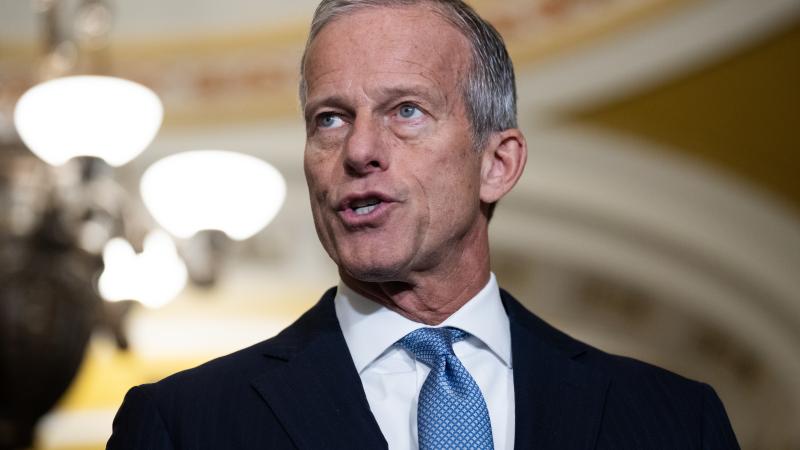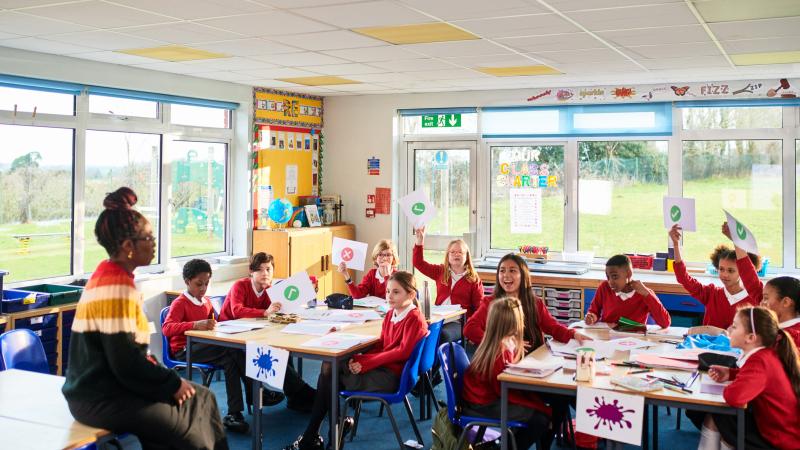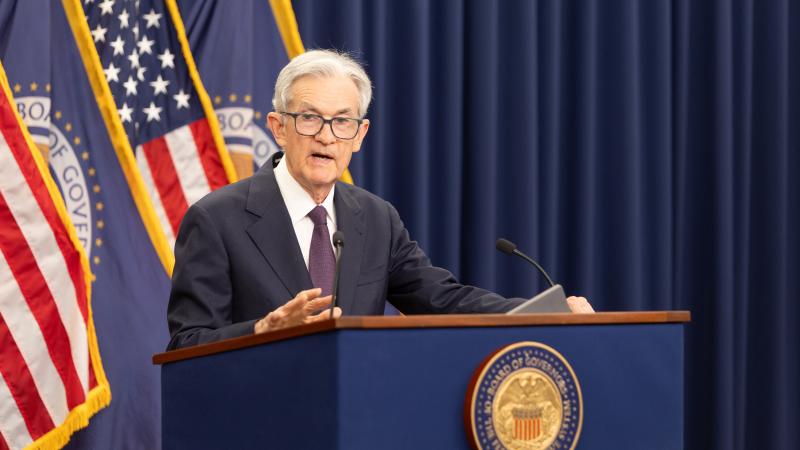District of Columbia expands its 'violence interrupter' program to curb record homicide increases
As of early December, 211 people have died so far this year in D.C. by homicide
The District of Columbia in an effort to curb a spike in violent crime says it will increase the number of "violence interrupters" in the nation's capital.
The expansion was announced last week by District of Columbia Democrat Mayor Muriel Bowser. The violence interruption program is being run through the city's Office of Neighborhood Safety and Engagement, with the so-called interrupters being describe as individuals concentrated on building relationships and engaging with residents who run a high risk of being involved in gun or violent crime.
The effort comes in the aftermath of the summer 2020 death of George Floyd while in Minneapolis police custody and the police-reform protests that followed and calls for more money to be put toward efforts to curb violence beyond patrol officers responding.
The agency will also establish a "floating" team of "violence interrupters" that will rove throughout the city, focusing on neighborhoods without a such a presence, according to DCist.com.
"We know for sure that responding isn’t enough, preventing gun violence is our focus. Preventing gun violence is our focus, because, ultimately, we know a focus on prevention will save lives," Bowser said.
As of early December, 211 people have died so far this year in D.C. by homicide – an 11% increase since 2020 and the most since 2003. In particular, black communities east of the Anacostia River have been impacted by the rising homicide figures, which have increased every year since 2017.
ONSE Director Del McFadden called the level of gun violence in some D.C. communities "unacceptable," adding that it can be difficult to precisely measure the impact of the interrupter program, but that neighborhoods targeted by the program have seen a decrease in gun crimes and gun homicides in 2021.
"I know for sure that if it wasn’t for the work of the violence interrupters, that that the number that we’re looking at presently will be much higher than it is right now," McFadden said.















